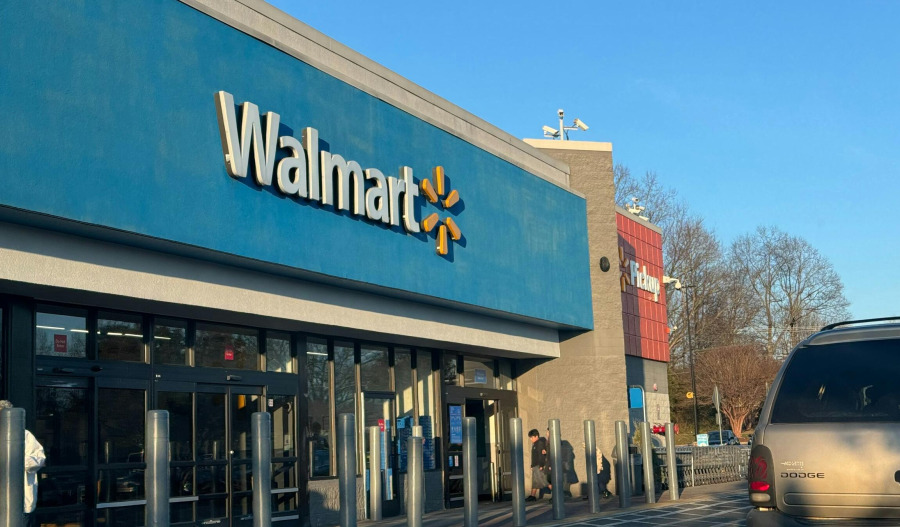Despite delivering an underwhelming second quarter FY25 result, with net sales down 5.1%, shares in Kohl’s were up 24% in overnight trading after the Wisconsin-based department store’s result managed to beat Wall Street’s earnings and revenue expectations.
Earnings per share were 56 cents adjusted versus 29 cents expected, while revenue of US$3.35 billion beat analysts’ expected US$3.32 billion.
Kohl’s second-quarter net income was US$153 million, or US$1.35 per share, compared with US$66 million, or 59 cents per share last year.
Adjusting for one-time items, including the costs of store closures and gains from a legal settlement, earnings per share were 56 cents.
Interim CEO Michael Bender attributed the department store’s slower sales to the economy, with lower- and middle-income customers trading down to less-expensive brands.
But despite what was overall a disappointing result, analysts clearly took some comfort in the company’s decision to narrow its full-year sales guidance to reflect the higher part of its previous range.
Kohl’s now expects net sales to decline by between 5% and 6% after previously anticipated sales would fall 5% to 7%, while full-year earnings per share guidance has been adjusted to a range of 50 to 80 cents per share.
Having vowed to fix Kohl’s mistakes, Bender tried to reassure the market that it was doing everything it could to win back customers who had stopped visiting Kohl’s or bought less there recently.
For example, the retailer is reintroducing the petite section, which it had phased out, added jewellery back to stores — a category it took away to make room for Sephora shops — and focused on carrying exclusive brands, especially ones that have lower price points.
The retailer is also overhauling its discount strategy so customers can use coupons for more of its brands.
However, Bender refrained from any projections as to when Kohl’s will again report sales growth.
“We know that our route to long-term success for this business is to get back to growth,” he said.
“And everything that we’ve talked about and everything you’ve heard from us certainly is directed at that intention.”
Much of the retailer’s three consecutive years of annual revenue decline can be attributed to its leadership turmoil, which began in late 2022 when Kohl’s CEO Michelle Gass left to become president and eventual CEO of Levi Strauss.
Tom Kingsbury, a member of Kohl’s board and the former CEO of Burlington Stores, succeeded Gass.
With the retailer having had three CEO in as many years, the company’s market value, which was just under US$7 billion at the end of 2021, has fallen to around US$1.5 billion.
Last November, Kohl’s said Kingsbury would step down after two years in the role and named Ashley Buchanan, the then-CEO of Michaels and a veteran of Walmart and Sam’s Club, as his successor.
Less than four months after he started as CEO, Kohl’s fired Buchanan after an investigation found he pushed for deals with a vendor owned by his girlfriend.
That’s when Kohl’s named Bender, a member of Kohl’s board since 2019, as its interim CEO.
However, Kohl’s troubles extend beyond its management lineup, with changes to vendor arrangements pointing to potential financial issues.
Kohl’s recently changed its payment terms with vendors, a move that retailers typically make to delay payments for longer periods and conserve cash.
While Kohl’s has not specified the changes, it recently told the market that it regularly reviews its work to ensure it’s operating as effectively and efficiently as possible.
It said it notified some of its vendors about the updated payment terms in March.
Meantime, while Kohl’s continued to post sales declines in the second quarter, Bender described the second quarter results as encouraging, with the retailer having reduced its inventory, lowered expenses and gained better traction with customers.
Inventory at the end of the quarter was US$3 billion, a 5% drop from the previous year.
Sales trends improved throughout the quarter, with the company’s weakest performance in May, improving in June and registering its strongest month of the three-month period in July.
Men’s and kid’s categories were the weakest of the quarter, as customers bought fewer spring clothing items like T-shirts and shorts, while sales were stronger for dresses, kids’ footwear, home decor and its lower-priced exclusive brands.
Kohl’s is trying to find a better balance between selling national brands that customers recognise and offering merchandise that shoppers can only find at Kohl’s, Bender said.
Digital sales were stronger than store sales during the quarter, which Kohl’s attributed in part to adding back brands to coupon eligibility.

Join our community of decision-makers. No card required
Join now

